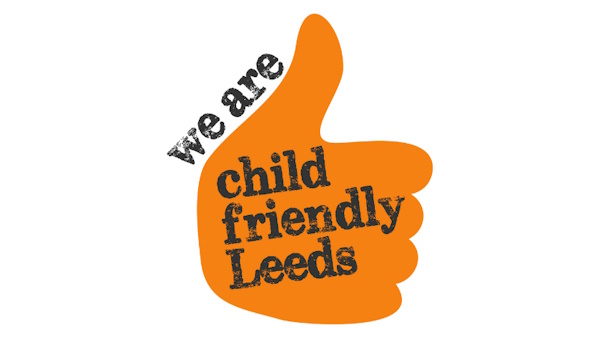The ‘Growing Up Neglected’ report summarises the findings of six Joint Targeted Area Inspections (JTAI) carried out between May and December 2017. The report analyses the strategies and practice of the local areas in responding to older children (aged seven to 15 years) living with neglect.
The report identified five overall findings:
- neglect of older children sometimes goes unseen (identification)
- work with parents to address the neglect of older children does not always happen (parenting work)
- adult services in most areas are not effective in identifying potential neglect of older children (adult services)
- the behaviour of older children must be understood in the context of trauma (trauma-informed approaches)
- tackling neglect of older children requires a coordinated strategic approach across all agencies (coordinated approaches)
- the report noted some examples of good practice, but overall found that practitioners did not always understand or explore the potential links between neglect and other vulnerabilities, and that it was often difficult for practitioners to engage with older children
The findings in relation to identification
The report noted that practitioners often found it difficult to identify neglect amongst the older age group. For younger children, potential indicators of neglect may be more obvious, for example, missing developmental milestones around speech and language or motor skills. Older children may be experiencing less obvious forms, such as emotional neglect.
They may also experience forms of neglect that manifest in different ways; for example, a lack of appropriate boundaries is a form of neglect which can contribute to a young person engaging in offending behaviour. Inspectors found that where there are these kinds of presenting issues, there was not enough professional curiosity about the underlying causes of the behaviour. Older young people may spend more time away from home, which can mask the impact of neglect as well as increasing their exposure to other risks such as sexual or criminal exploitation.
The findings in relation to parenting work
Inspectors found that there is often an unconscious assumption from parents and practitioners that the presenting issues of older children are the sole problem, and their behaviour isn’t considered to be a consequence of neglect, as above. This can result in parents not being offered support or challenge either in relation to their parenting or the different skills needed to look after older children and adolescents. Without this parenting work taking place, inspectors noted, work to address neglect and associated vulnerabilities has limited success.
The findings in relation to adult services
Inspectors found that adult services in most areas, including mental health, substance misuse, and probation services, were not effective in identifying older children at risk of neglect, suggesting a lack of a whole-systems response. Services do not always think about the whole family or the potential neglect of older children as a result of difficulties their parents face, and probation services are not always identifying whether there are children linked to adult offenders. However, inspectors did identify one adult substance misuse service where practice was particularly strong in assessing the impact of adult behaviour on children, and their subsequent analysis of and response to risk made a real difference to children and families.
The findings in relation to trauma-informed approaches
Inspectors found that there needs to be a greater understanding amongst practitioners of children’s behaviour in the context of trauma. Many of the children whose cases were looked at had experienced multiple forms of abuse and neglect, including exposure to domestic abuse, physical abuse, sexual abuse and exploitation.
Research shows that long-term neglect and abuse can result in children repeatedly experiencing trauma, leading to negative impacts on their emotional health and wellbeing and, in some cases, post-traumatic stress. In areas where staff had received training on the impact of trauma, inspectors saw positive responses, for example:
- children’s need for therapeutic support to address the impact of neglect and trauma was prioritised
- practitioners understood why it would take time to build meaningful relationships with children and why they may not trust adults
- practitioners recognised the importance of giving older children some control of how interventions were planned and delivered
The findings in relation to coordinated approaches
Where there was a coordinated strategic approach across agencies to support a shared understanding of the needs of neglected older children, inspectors observed a significant difference in the quality of practice and experiences of older children. However, inspectors found that a number of children’s plans were not effective enough; this was partly because there was a lack of multi-agency challenge from partners when insufficient progress was being made to address neglect.
Inspectors also noted that there were missed opportunities to include all agencies in work to tackle neglect. In particular, poor dental hygiene is a key indicator of neglect, but dental practitioners were not routinely included in strategic child protection work and did not have a clear understanding of when they should refer concerns about children to the local authority. In addition, in some local areas, health practitioners were not involved at the early stages of child protection decision-making, which meant that valuable health information was not considered.
More information
The Growing Up Neglected report, and the reports from each of the JTAI neglect inspections.
For more information about the programme of Joint Targeted Area Inspections, please visit the Government website.
For more information about identifying and responding to neglect in Leeds, visit the LSCP website for additional resources.
Printable version
